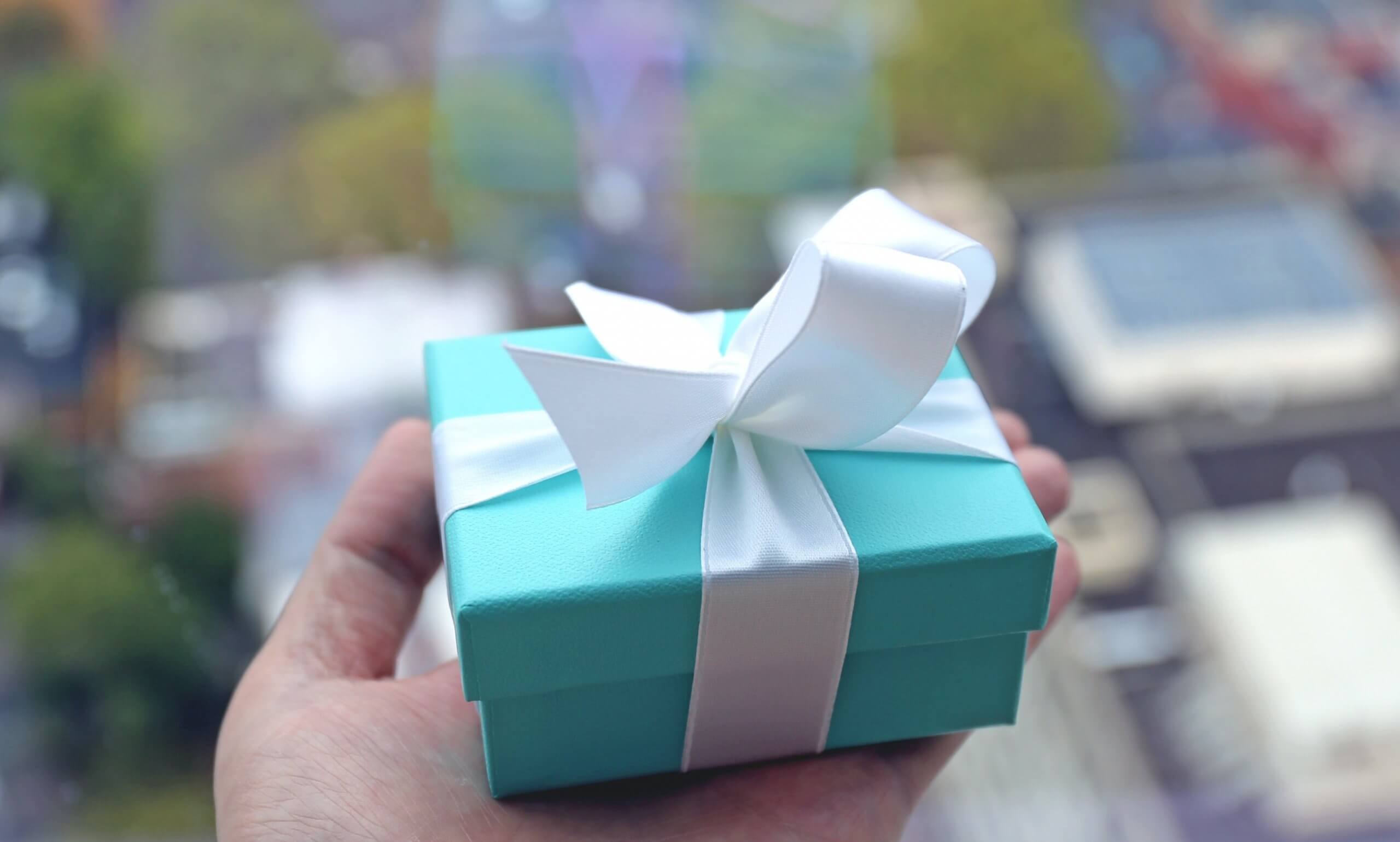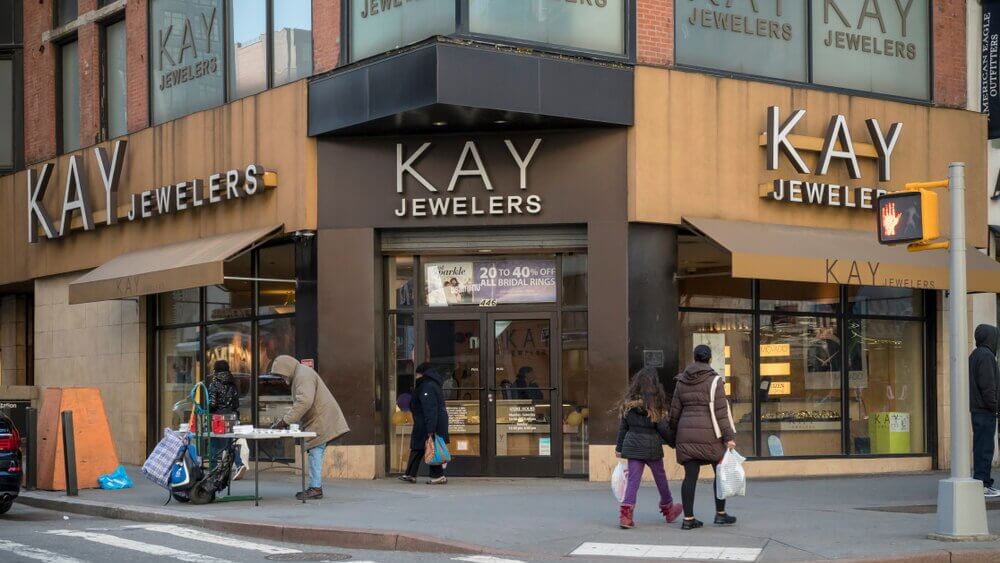BEST 9 Jewelers & Jewelry Stores in Dallas, OR
Jewelry stores near Dallas, OR
All Jewelry Stores in Dallas, OR
What We Do
At Willyou.net, we aim to assist you in finding a jeweler near you to create your ideal engagement ring. We’ve curated a list of local
jewelers and jewelry stores to simplify your search. Our independent platform provides access to profiles featuring publicly available
customer reviews, ratings, and expertise, helping you explore options and make informed decisions. Whether you're looking for natural
GIA-certified diamonds or lab-grown IGI-certified options for your ring, our directory helps connect you with jewelers in your
community.
* Willyou.net is an independent platform and does not endorse, verify, or guarantee the quality or authenticity of jewelers or
their offerings. All transactions are directly between users and jewelers.
Most popular engagement rings in Dallas, OR:
Custom engagement RingMost popular diamond cuts in Dallas, OR:
Oval DiamondTOP 1 Engagement Rings North Dallas, OR Recently Purchased or Viewed
10 Leading Jewelry Stores for Engagement Rings Across the USA
Helping You Choose the Perfect Engagement Ring in Oregon
- Monday: 009:30 AM - 008:30 PM
- Tuesday: 009:30 AM - 006:30 PM
- Wednesday: 009:30 AM - 006:30 PM
- Thursday: 009:30 AM - 006:30 PM
- Friday: 009:30 AM - 008:30 PM
- Saturday: 009:30 AM - 005:000 PM
- Sunday: 009:30 AM - 12:000 AM
- All Types of Diamonds
- Diamond Engagement Rings
- Engagement Rings Store Reviews
- Jewelry Equipment Supplier
- Jewelry store
- Gold Dealer
- Diamond Buyer




